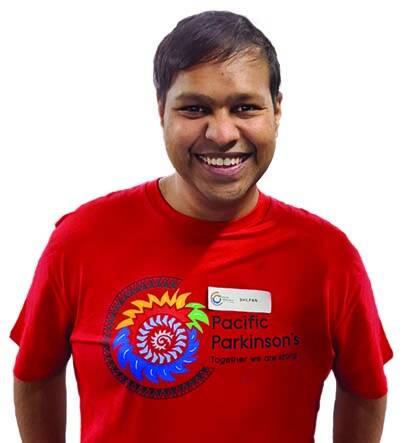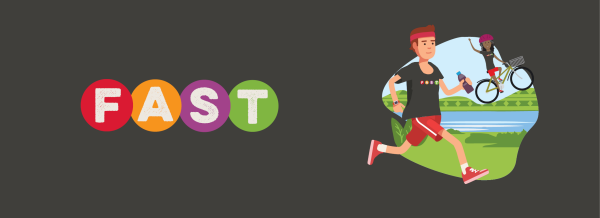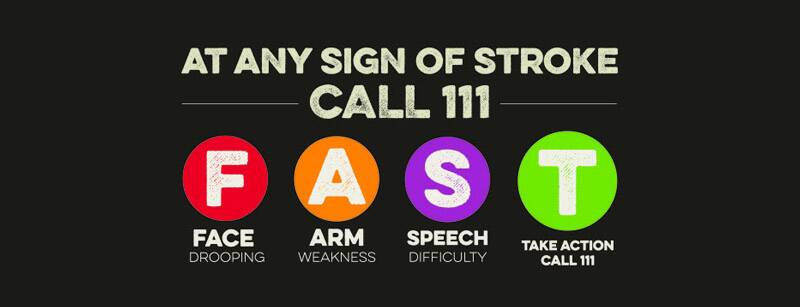“It was a miracle. I’d never heard of this procedure before. Now I find I’m telling strangers on the street about it.”
– Lorraine, wife of stroke patient who received clot retrieval in September 2024
In the past year alone, hundreds of New Zealanders’ lives have been saved by clot retrieval. One in five went home as healthy as they were before the stroke occurred – and for them, the procedure seemed miraculous.
One of those was Ian Ramsay, who was rushed by ambulance early on a Saturday morning to Auckland City Hospital where he underwent clot-retrieval. His wife, Lorraine, says family members feared the worst. However, after some hours Ian woke from the procedure, recognised the family and was progressively able to talk with them and move about. After just two nights he was sent home. Over time, he was able to resume his old life, although a little more slowly than before: reading, following the news, walking to his local cafe, and playing chess regularly with his teenage grandson.
“It was like a miracle,” says Lorraine. “We’d never heard of this procedure. While waiting for the clot retrieval team to arrive, the doctor described it in detail. He said this was the biggest advancement in medicine in years. After that, I had total confidence that this procedure would work Ian was going to be all right – and he was.”
Dr Shilpan Patel, an Auckland City Hospital neurology registrar who’s cared for dozens of clot retrieval patients, says not everyone has such a great experience. Regardless of the outcome, though, 99% of families are glad that their loved ones have had the procedure. “They might be stunned or overwhelmed, but they’re still grateful that we tried.”

What does Shilpan himself think of clot retrieval? “I think it is incredible,” he says. “We do 400 of these per year and approximately half of them have a good outcome. Before 2015, these patients may have had thrombolysis – a medication to break down the blood clot – which, most of the time, was unsuccessful. Many would’ve been condemned to being disabled or dying. Clot retrieval is an extraordinary procedure, and we are very lucky that we can offer it to patients.”
Lorraine still visualises the ‘mesh bag’ that the doctor described. “He said they would insert a wire into the groin, past the heart and into the brain, wrap the clot in a tiny mesh bag and pull it out. I could visualise it so clearly. Because it’s mechanical, it made sense in my mind.”
She believes the timing of Ian’s stroke was a reason for the positive outcome. “We called the ambulance and arrived at hospital quickly. I knew about the ‘golden hour’ after stroke. Everyone knows about that! The doctor said, you’re very lucky – we’ve got him in time.”
Just before Ian was taken through for treatment, the doctor said another stroke patient was being helicoptered from New Plymouth for clot retrieval, and the clock was ticking. At that moment, Lorraine knew Ian was extremely lucky to be in hospital already.
The family waited in the whānau room for the team to do its work. Afterwards, they went to see Ian. “He had a bit of a droopy face, arm and leg. We stayed with him all day. The next day, he was speaking and eating. The following day, he came home. Two nights in hospital – it was a miracle!”
During his short stay in hospital, Ian enjoyed meeting Luna, a St John support dog. But another, much sadder, encounter left a big impression on Lorraine.
“In the bed next to Ian, there was a young woman of about 20, deeply unconscious. She’d been at a party and had a stroke, but nobody realised until too late,” says Lorraine. “For her, there was no golden hour, and no treatment. Her mother was by her bed, her head in her hands, quietly weeping. It was very sad.”

What is F.A.S.T.?
F.A.S.T. is a really simple way to remember the signs of stroke. It stands for:
- Face drooping
- Arm weakness
- Speech difficulties
- Take action - call 111
If you experience one of these signs or notice someone else is experiencing one of these signs, don’t wait or think “it’ll pass”. And don’t wait for another sign to become evident. Taking action quickly is vital and could save your life or theirs.
It is vital to recognise when someone is having a stroke and get medical attention as soon as possible. The sooner medical treatment begins, the lower the risk that permanent brain damage occurs and there is a better chance of an excellent recovery. In some cases, it means that damage can be completely reversed.
Calling 111 is the best way to get medical attention: it means that an ambulance will be sent to help, and the first responders can assess the situation and prime the hospital to prepare for the patient’s arrival. This helps ensure they are triaged appropriately and receive treatment quickly.
© Stroke Aotearoa NZ






